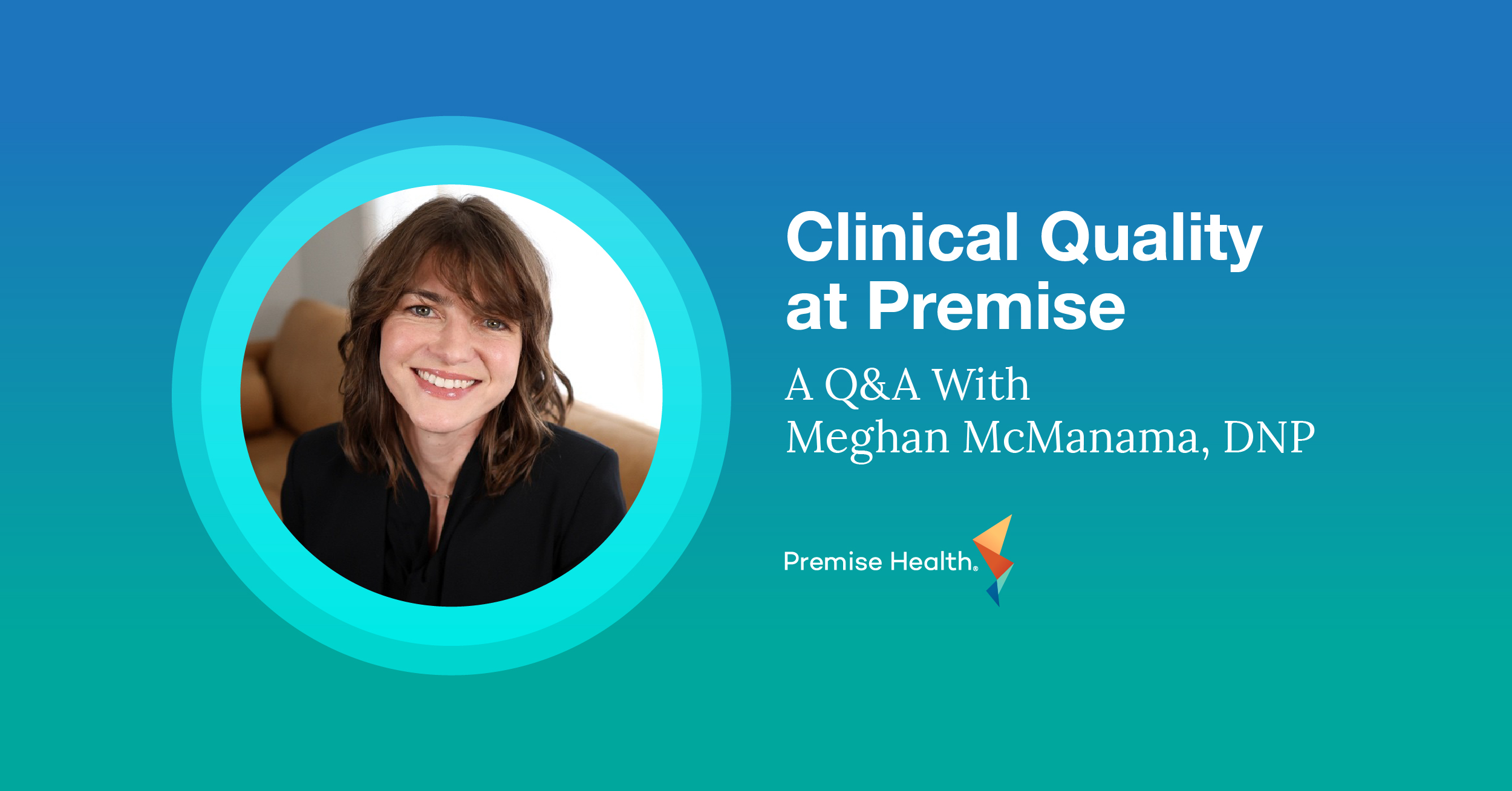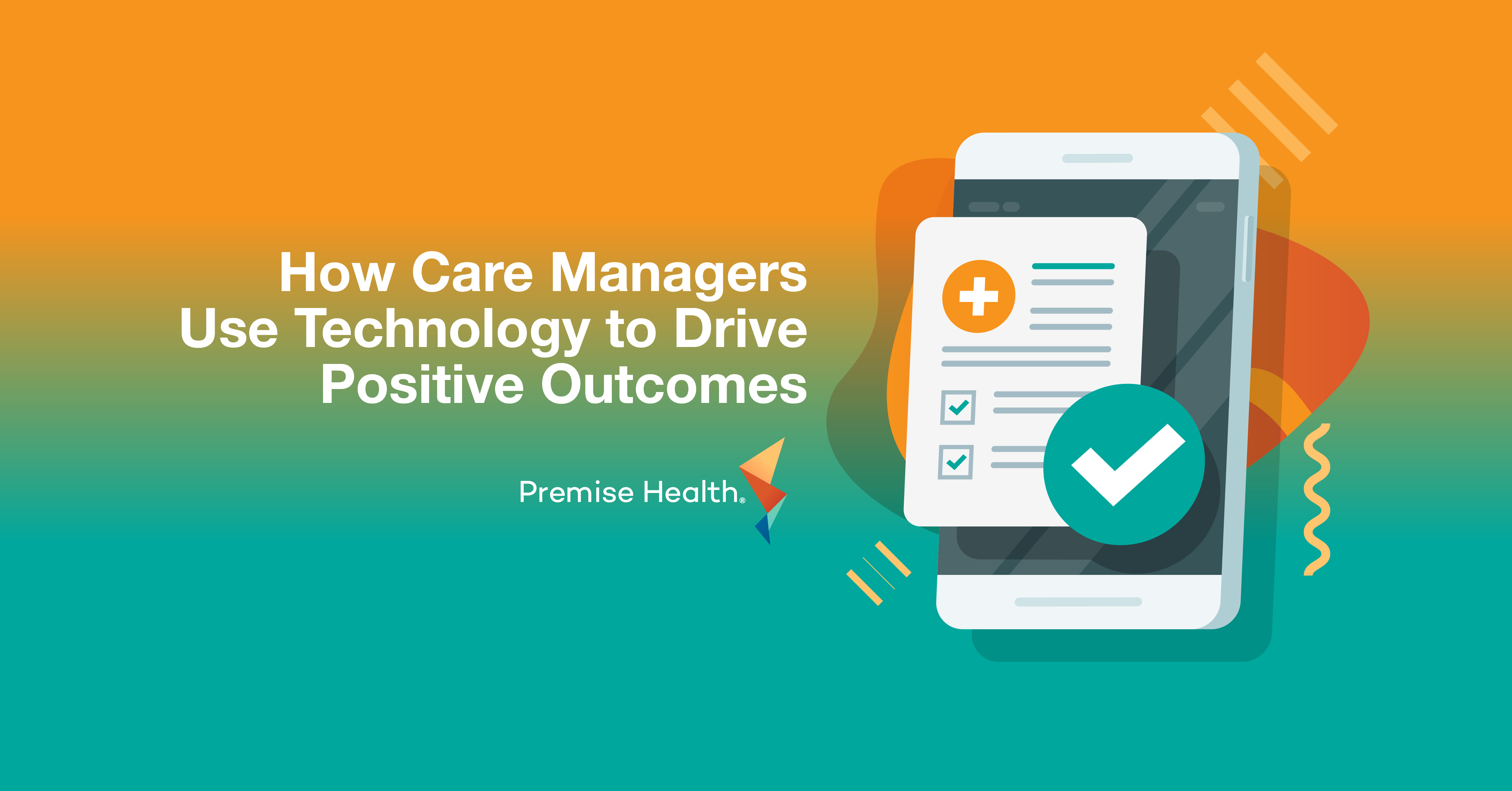4 Questions Employers Should be Asking About the Cost of Diabetes
Today, 1 in 10 Americans live with diabetes while 1 in 3 have prediabetes. Largely sparked by a set of well-known risk behaviors – poor nutrition, physical inactivity, and tobacco use – diabetes is costly when left unaddressed. Improving health for those living with diabetes and preventing onset for those at-risk should be a priority for all.
Read on to learn four things employers should be asking about the cost and effect that diabetes can have on their workforce.
How much does diabetes cost employers each year?
In total, employers are spending an estimated $327 billion on costs related to diabetes. The Centers for Disease Control and Prevention (CDC) defines diabetes as a serious workforce issue, building up an extensive receipt of costs associated with hospitalizations, medical care, treatment, supplies, and more.
By the numbers, employers are experiencing significant impact:
- $3.3 billion in increased absenteeism
- $26.9 billion in reduced productivity
- $2.3 billion in an inability to work
Though the costs and consequences of diabetes are steep, there is a silver lining. Employers are in a unique position to empower their people and drive positive outcomes while mitigating increased healthcare spend. By promoting healthy habits and bringing care directly to their workforce, whether digitally or physically, individuals are better positioned to manage their conditions while businesses create a healthy culture that attracts top talent.
How can employers identify and help members in their population with diabetes?
The answer is Care Management, Premise Health’s data-driven approach to supporting at-risk members suffering from multiple chronic conditions, including diabetes. Care Management helps identify, proactively reach out to, and support members with personalized treatment plans. These treatment plans consider the whole person, not just their condition, while providing the hands-on guidance they need to realize better health outcomes and improved quality of life.
The following four components of Care Management are key to helping members with diabetes improve their health, and reducing healthcare costs for employers:
- Pinpointing population segments – Data analysts use multiple sources of data, including medical and pharmacy claims, to understand the top cost drivers for organizations and identify members who could benefit from additional care and support. This is especially important for those who are perennially high-cost, high-risk, and suffering from multiple chronic conditions. By identifying these members on the front end, teams can create tailored strategies so both employees and their dependents receive proactive support for their unique needs.
- Proactively engaging members – If you have numerous members dealing with multiple chronic conditions, or if your people need help navigating the healthcare system, highly trained care managers support them along the way. By reaching out and engaging those who need care the most, members feel empowered knowing they have a trusted partner they can count on throughout their care journey.
- Designing care roadmaps – Care Management provides a comprehensive approach to helping members manage their care. Highly skilled providers and care managers work together as a team to support members, taking the time to develop relationships while investing in their overall health and wellbeing. From behavioral health to lifestyle medicine and underlying health challenges, members experience the safety that comes from regular check-ins and a personalized, evidence-based treatment plan delivered by an integrated care team. In addition, care managers provide ongoing support and continue follow-up care digitally (by phone, video, or secure message) or physically (in-person on campus or nearby).
- Measuring success – Data analysts close the feedback loop and keep organizations in the know. By tracking return-on-investment and measuring member health outcomes – care teams make sure members are benefiting from a seamless care experience that’s helpful, not a hassle.
Care Management provides a robust picture of a population’s healthcare needs, lowers healthcare costs, promotes a healthy and thriving culture, and gives members the support they need to take control of their health issues. Investing in a Care Management solution is a win-win for all.
Want to learn more about this solution? Check out how Premise Health helped one auto manufacturer realize over $6 million in cost savings over a five-year study period.
What screenings help identify prediabetes?
While Care Management helps identify and support those who currently have diabetes, biometric screenings can help members discover if members have prediabetes, a condition that, without lifestyle changes, can put someone at risk of developing type 2 diabetes. A biometric screening is a simple way to monitor the risk of diabetes. A biometric screening establishes a health baseline that can be used to evaluate the chance for various health issues, many of which can be prevented through early detection and lifestyle changes.
At Premise Health, we use the information from biometric screenings to help our members stay healthy. If their results show they may be at risk for certain conditions, such as diabetes or hypertension, we work to improve their health through nutrition counseling, fitness coaching, and other services.
Biometric screenings can also be used to keep organizations up to date on their employee and dependent populations’ health. While companies never receive individual results, they do receive a snapshot of the overall, aggregate health results based on the biometric screenings. This information gives them essential insight to improve health benefits to meet their people’s needs better.
The fact is many people with prediabetes don’t even know they have it. There are often no signs or symptoms, so it’s crucial for individuals to keep up with routine care in order to monitor their blood sugar levels and take steps to reverse prediabetes before it’s too late.
How can organizations help employees with diabetes?
On average, Americans are spending 8.5 hours per day doing work or work-related activities. That means employers have a significant opportunity to positively impact their people. This starts by making healthcare accessible around the clock.
What if calling a medical professional was as easy as phoning a friend? Premise Health’s Digital Wellness Center puts healthcare in your member’s pocket and gives them someone to call for help when they need care or have questions, big or small. It’s like the old-fashioned at-home doctor’s visit, but better.
By offering digital access to your people, they can stay connected to a familiar provider when, where and how it’s most convenient for them. For example, through connected devices like glucometers, members with diabetes can check their blood sugar levels and check in with their provider all from one central location – everything is synced. Whether your population is remote or near campus, the Digital Wellness Center meets them where they are, when they need it, and where they’re most comfortable.
Where Premise Health fits in
Helping employers, their members, and families change unhealthy behaviors and make better choices is foundational to Premise Health’s approach to care. Through an integrated model, we improve access to care, making it more convenient for members to get the care they need when they need it.
Our provider teams get to know each member’s unique health situation, creating personalized care plans to drive positive behavior changes. This approach leads to a better overall experience and delivers value for both the member – a healthier life – and the organization – a healthy workforce and lower costs.
If you’re in charge of healthcare risk at your organization and you’re ready to take control over skyrocketing costs, it’s time to evaluate condition management programs with Premise Health. Get in touch with us today to learn more!
Next on industry insights.

Provider Dispensing and its Role in a Better Care Experience
Read the Blog
Clinical Quality at Premise: A Q&A With Meghan McManama, DNP
Read the Blog